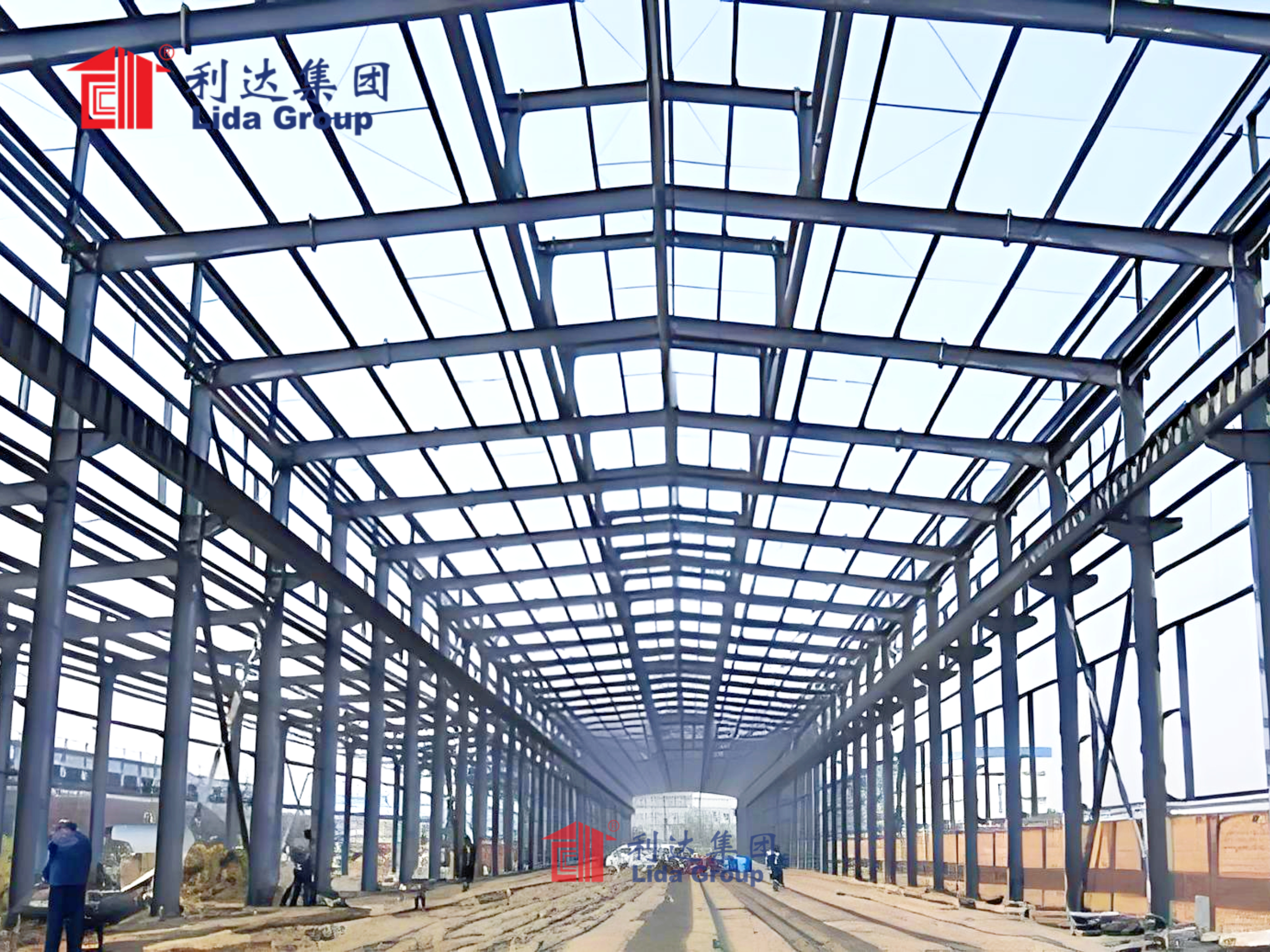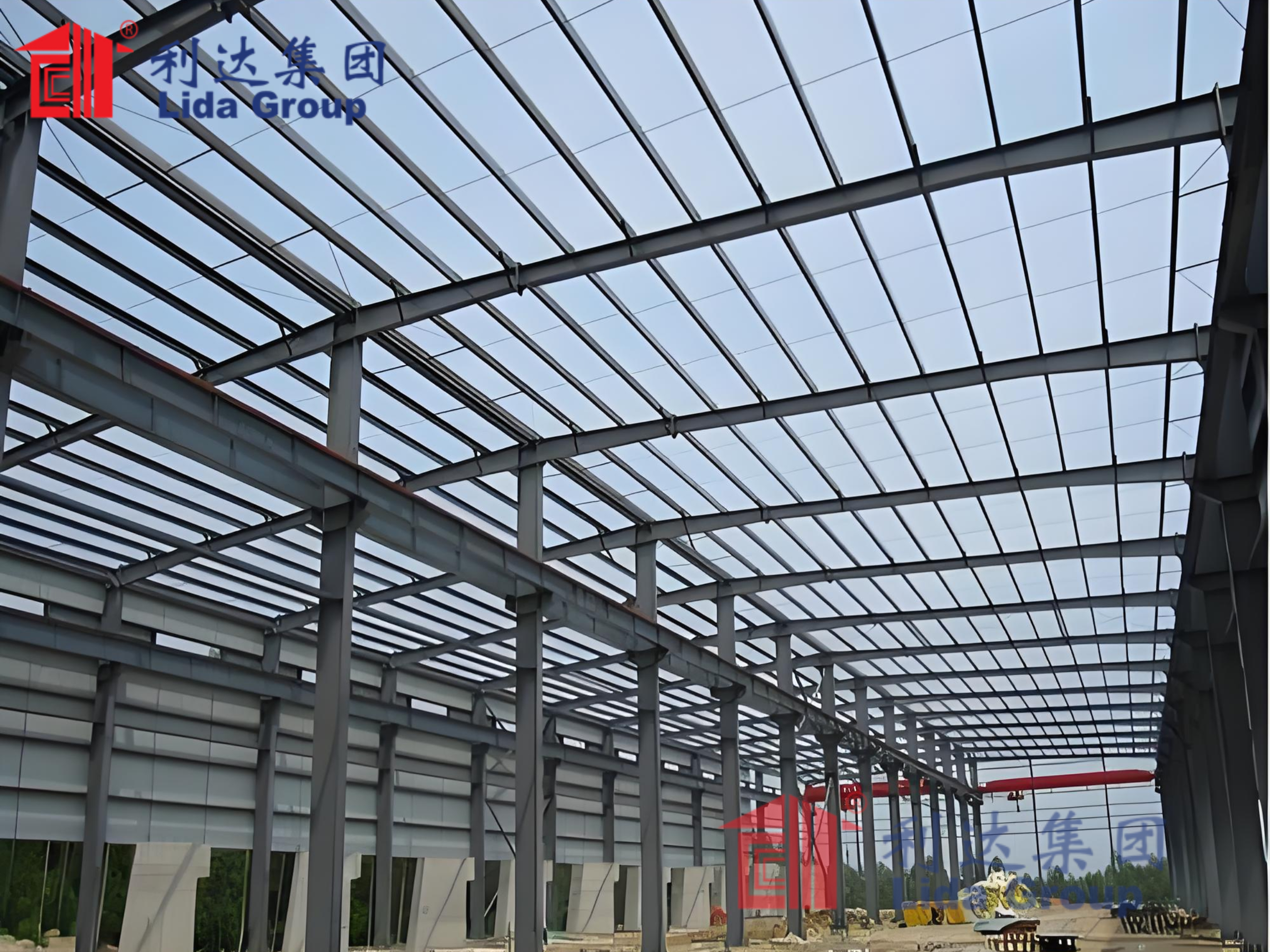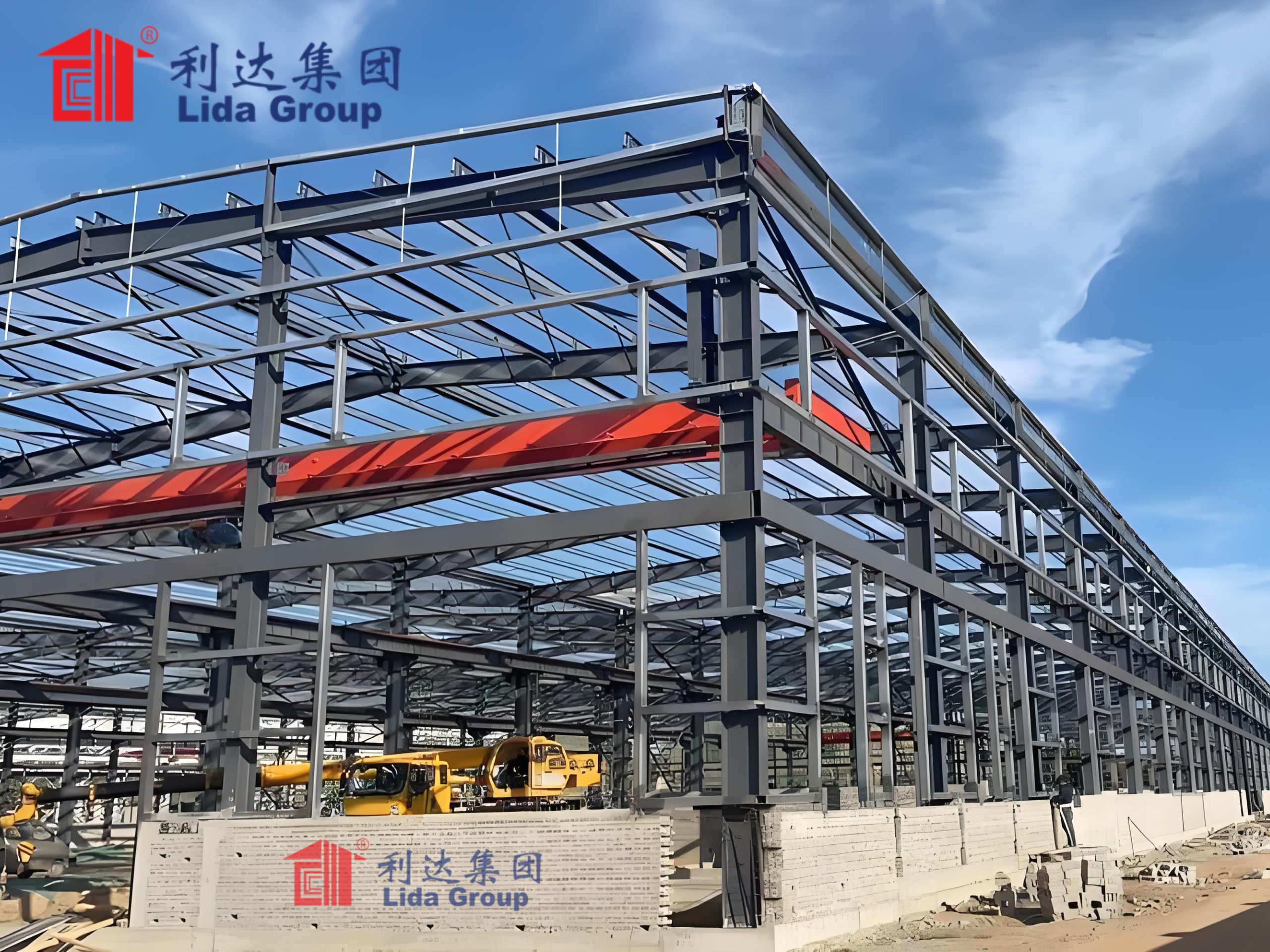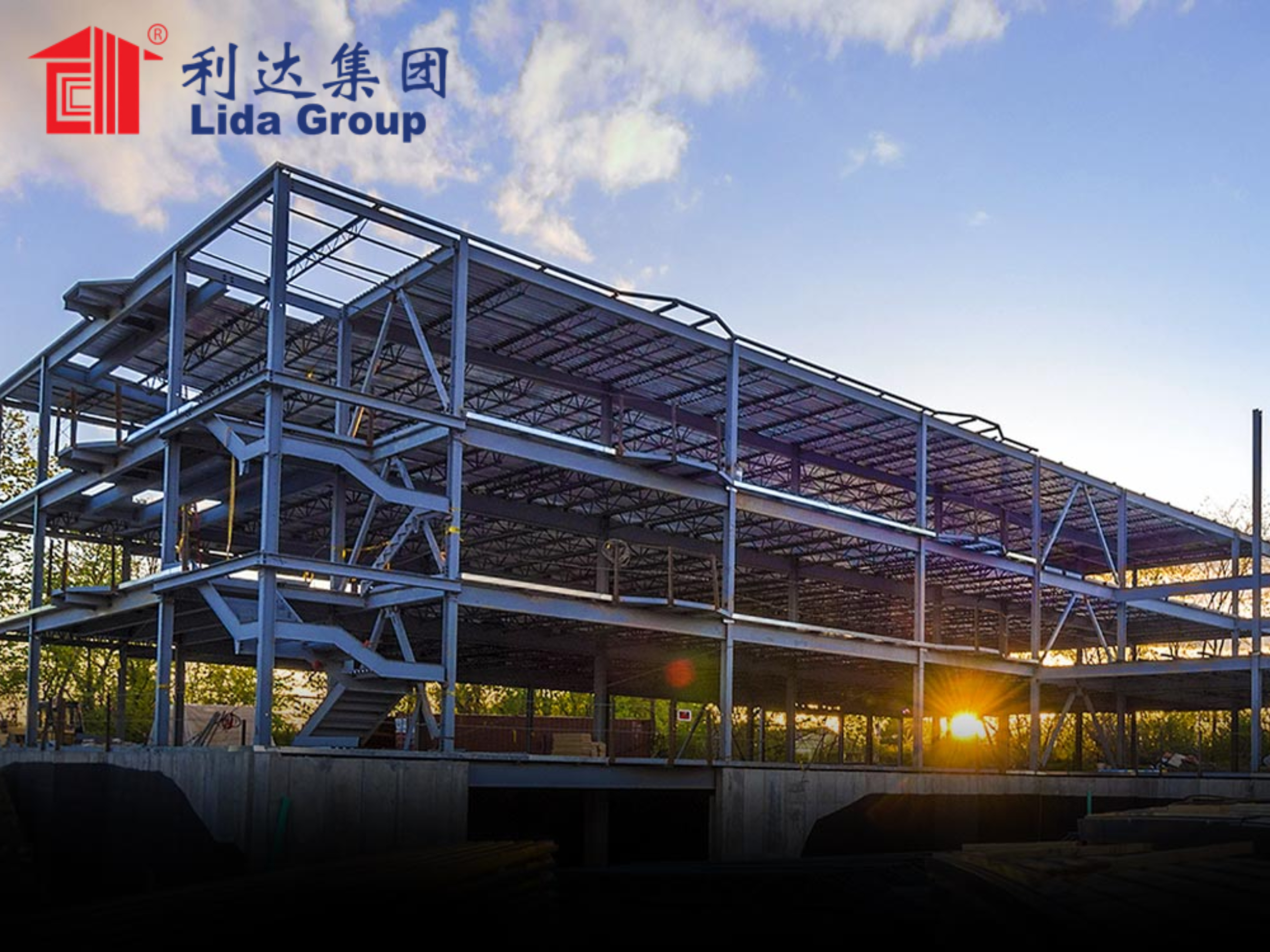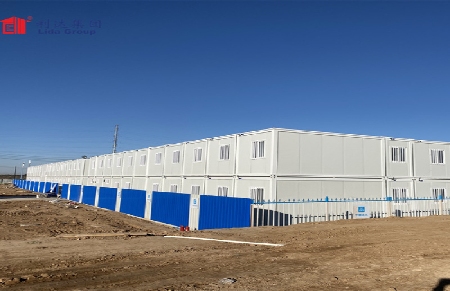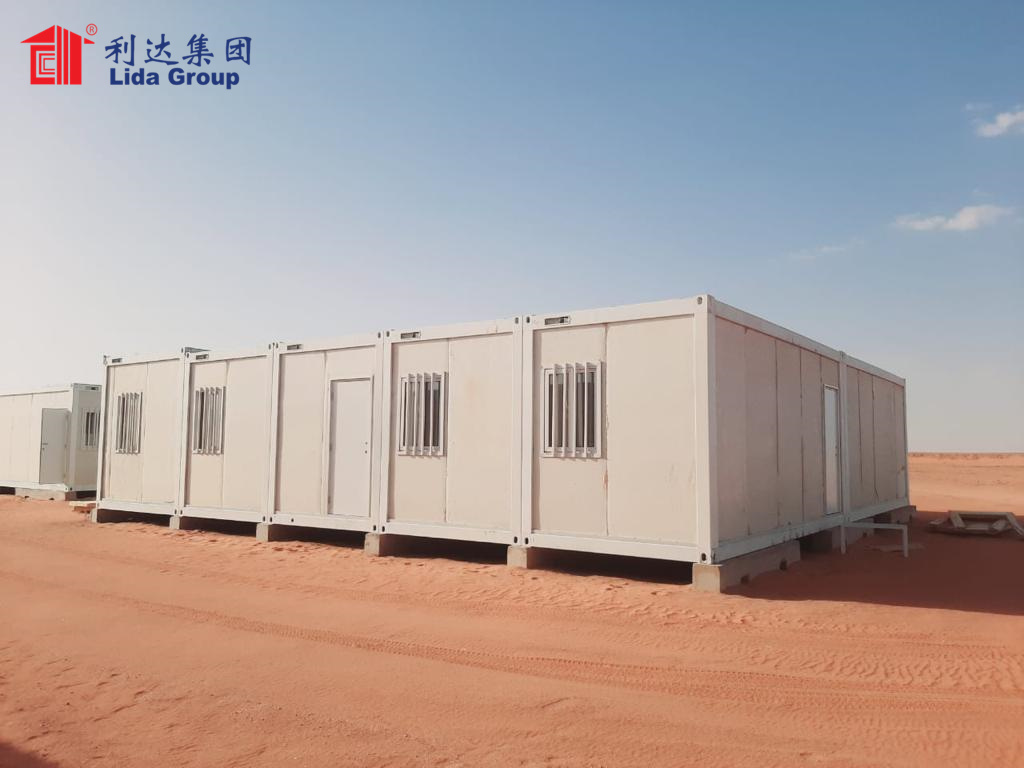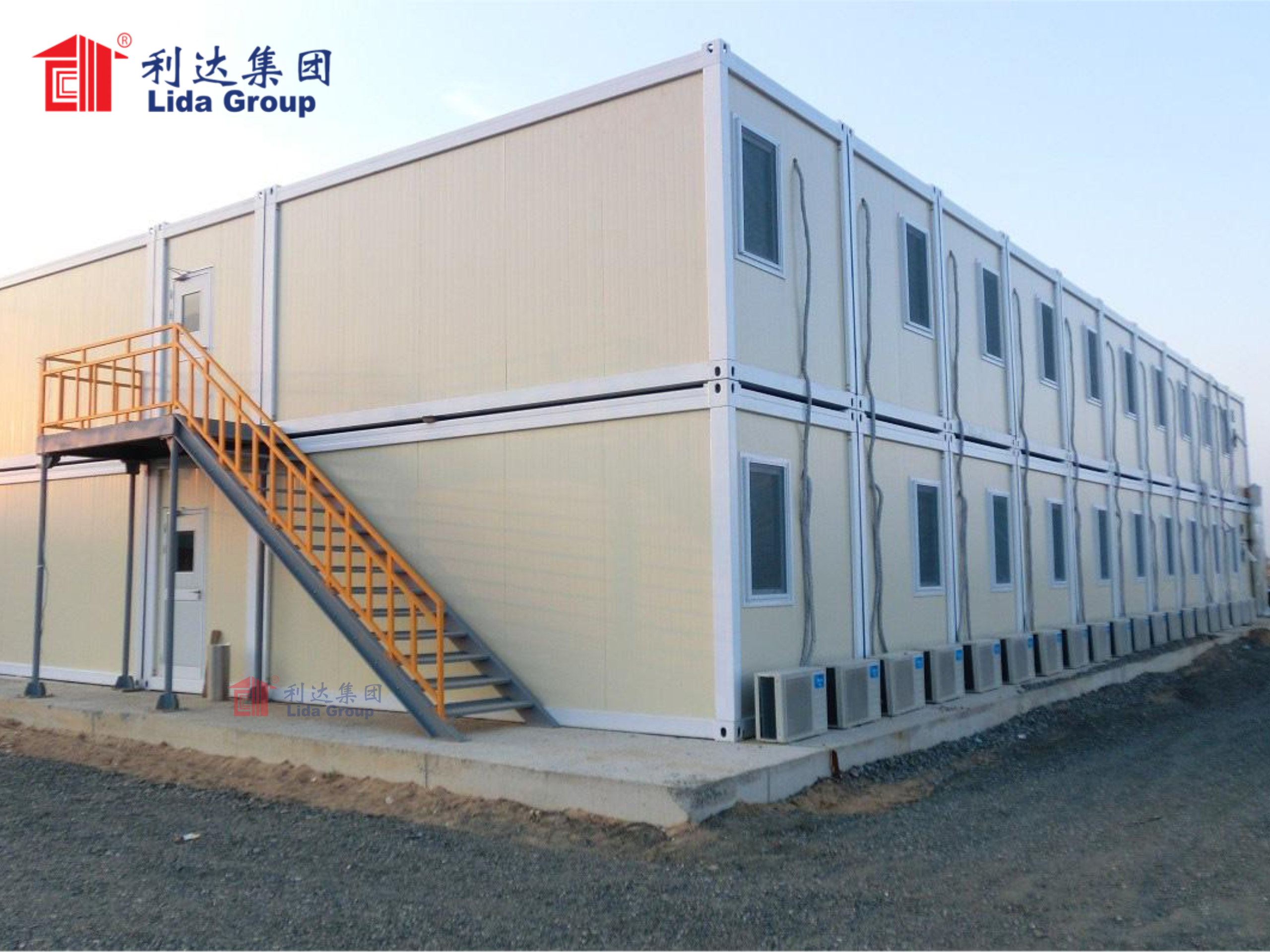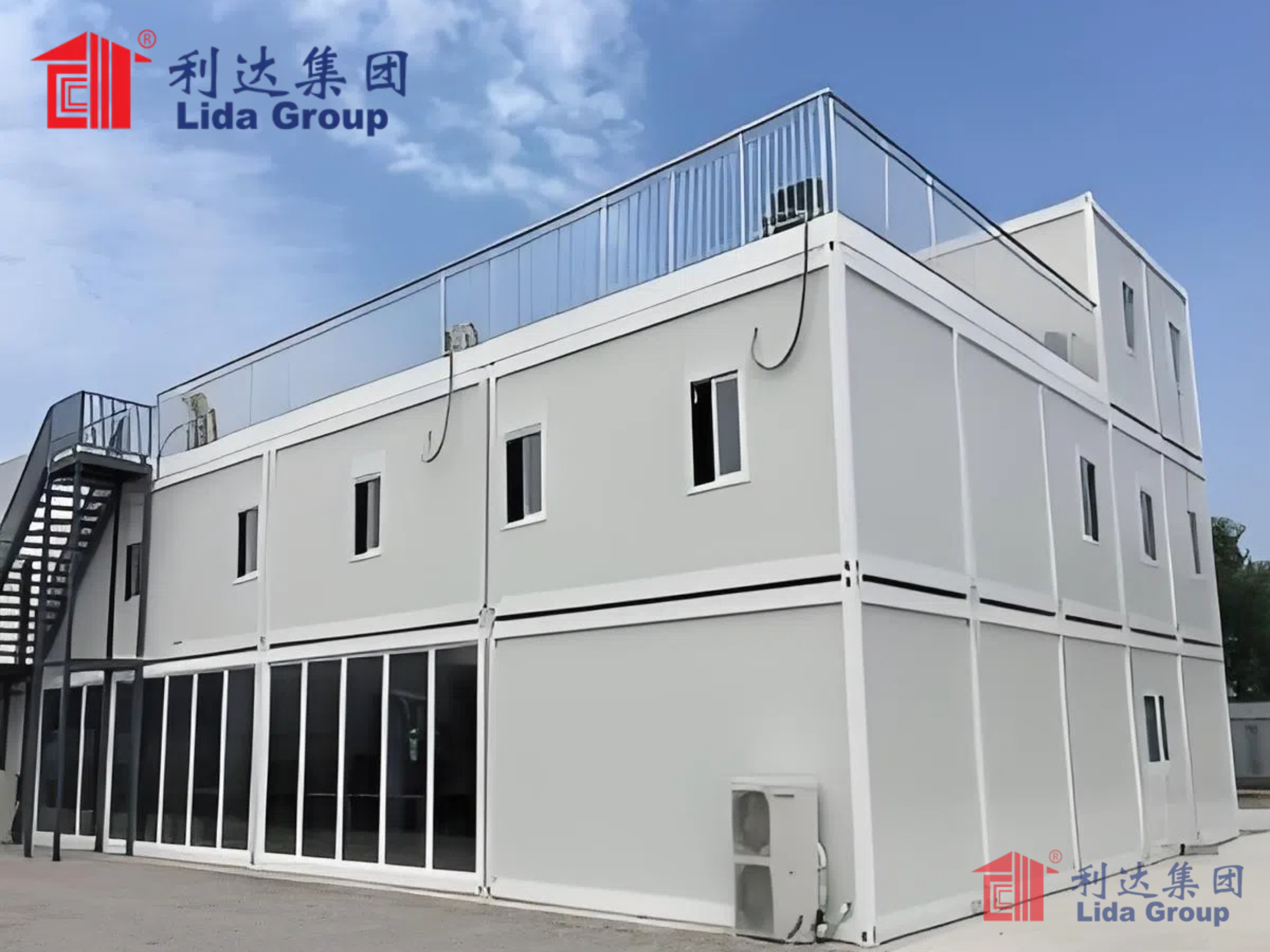PRODUCT INFORMATION
Understanding Steel Structure Buildings: Why They Matter in Modern Construction
Understanding steel structure buildings is essential in appreciating their significant impact on modern construction. The advantages of steel structures are numerous and compelling, making them a preferred choice for architects and builders alike. One of the primary benefits is the exceptional construction efficiency they offer. Steel frame buildings can be erected quickly, reducing project timelines and allowing for faster occupancy.
Moreover, the durability of steel structures cannot be overstated. Steel is inherently resistant to many environmental factors that compromise other building materials, such as rot, pests, and severe weather conditions. This resilience translates into longer lifespans for buildings constructed with steel frames, ultimately leading to lower maintenance costs over time.
In addition to their practical benefits, steel structure buildings align with sustainable building practices. Steel is 100% recyclable and can be repurposed without losing its strength or quality. This characteristic not only minimizes waste but also supports eco-friendly initiatives in construction.
In summary, embracing steel structure buildings means investing in a future where efficiency meets sustainability without compromising on durability—making it an intelligent choice for any modern construction project.

The Role of Steel Structures in High Rise Construction Projects
In the realm of high-rise construction, steel structures play an indispensable role that cannot be overlooked. As urban landscapes continue to evolve, the demand for innovative building designs has surged, making steel the material of choice for architects and engineers alike. When it comes to high rise building design, steel offers unparalleled strength-to-weight ratios that allow for ambitious vertical expansions without compromising structural integrity.
Skyscraper construction techniques have advanced significantly with the integration of steel frameworks. These frameworks not only provide the necessary support for towering structures but also facilitate rapid assembly and flexibility in design, enabling architects to push creative boundaries. The robustness of steel ensures that even the tallest buildings can withstand environmental challenges such as wind loads and seismic activity.
Moreover, as cities grow upwards rather than outwards, embracing vertical expansion with steel structures becomes essential. This approach not only maximizes land use but also fosters sustainable urban development by reducing sprawl. In essence, incorporating steel into high-rise projects is not just a choice; it’s a strategic decision that guarantees durability and longevity while meeting contemporary architectural demands. As we look to the future of urban construction, it’s clear that steel will remain at the forefront of innovation in high rise building design.
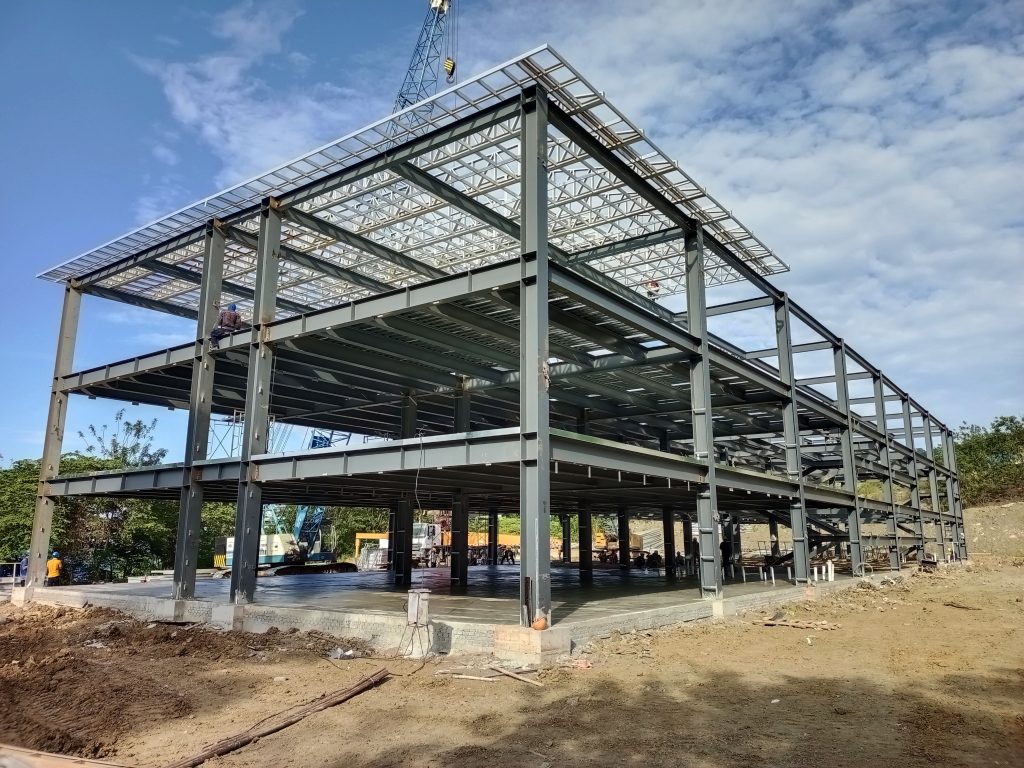
Benefits of Choosing Steel Structures for High Rise Development
Choosing steel structures for high-rise development offers a multitude of benefits that make it the superior choice for modern construction. First and foremost, the cost-effectiveness of steel construction cannot be overstated. Steel is not only more affordable than traditional building materials, but its durability also translates to lower maintenance costs over time. This financial advantage is crucial for developers looking to maximize their return on investment.
Another significant benefit is the reduced construction time associated with steel buildings. Steel components can be prefabricated off-site and then quickly assembled on location, accelerating the overall timeline of your project. This efficiency allows developers to bring their projects to market faster, which can be a critical factor in today’s competitive landscape.
Moreover, steel structures offer exceptional seismic resistance, making them ideal for high-rise developments in earthquake-prone areas. The inherent flexibility and strength of steel allow buildings to withstand seismic forces more effectively than many other materials.
Additionally, fire safety features of steel buildings are noteworthy. Steel does not burn like wood or other combustible materials; it maintains its structural integrity under extreme heat conditions longer than alternatives do, providing peace of mind to both developers and occupants.
In summary, opting for steel structures in high-rise development means embracing a cost-effective solution that saves time while ensuring safety and resilience against natural disasters. It’s an investment in quality that pays dividends long after construction is complete.
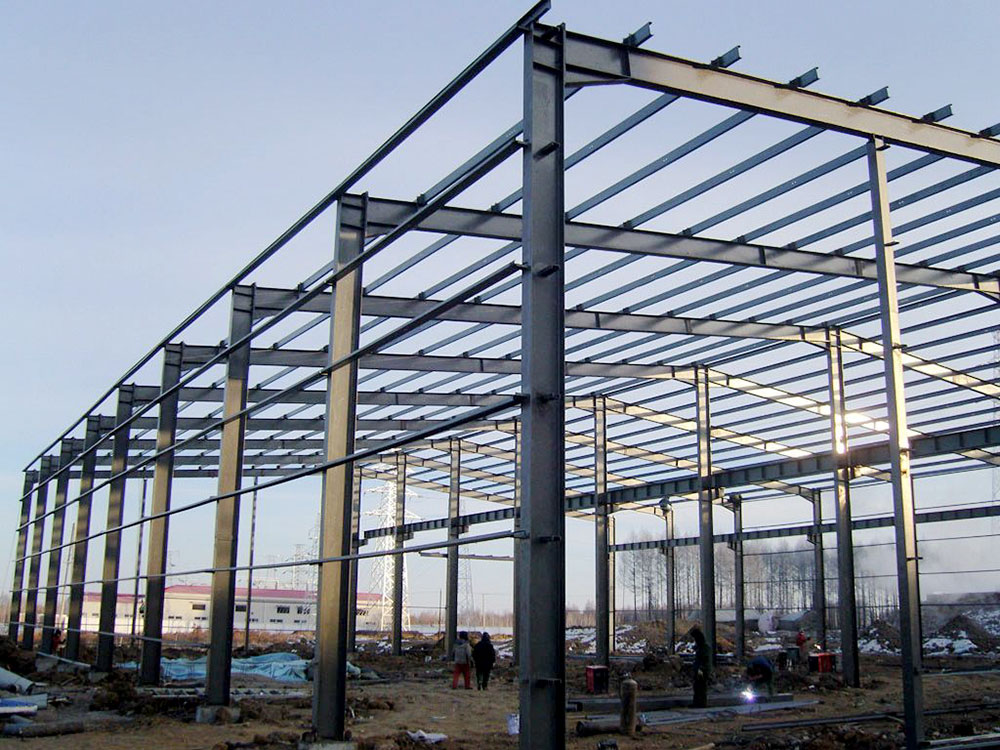
Innovative Techniques and Technologies in Steel Structure Building and High Rises
The landscape of steel structure building and high rises is evolving rapidly, driven by innovative techniques and technologies that promise to redefine the construction industry. One of the most significant advancements is the integration of Building Information Modeling (BIM) technology in high-rise construction. BIM not only enhances collaboration among architects, engineers, and contractors but also allows for precise planning and visualization, reducing errors and streamlining project timelines.
Moreover, modular steel building systems are revolutionizing how we approach construction. These systems enable off-site fabrication of components that can be quickly assembled on-site, significantly reducing construction time while maintaining structural integrity. This method not only accelerates project delivery but also minimizes waste and enhances safety on job sites.
In addition to these innovations, advancements in welding and joining techniques have further improved the reliability and durability of steel structures. New methods ensure stronger connections between steel elements, allowing for taller buildings with greater flexibility in design. As these technologies continue to evolve, they hold immense potential for creating sustainable and resilient high-rise buildings that meet the demands of modern urban environments. Embracing these innovations is not just a trend; it’s a necessity for staying competitive in today’s fast-paced construction market.
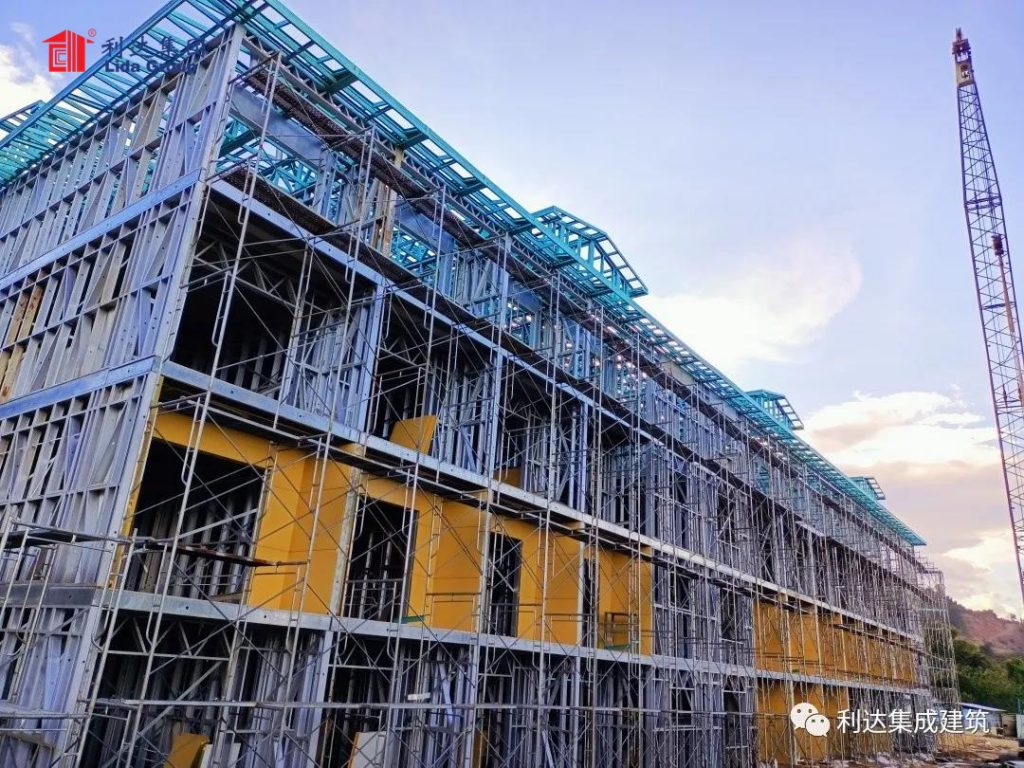
Sustainability Considerations: How Steel Structures Contribute to Eco-Friendly Building Practices
Sustainability is no longer just a buzzword; it’s a necessity in today’s construction landscape. Steel structures play a pivotal role in sustainable architecture, offering numerous benefits that align with eco-friendly building practices. One of the most compelling advantages of using steel is its recyclability. Unlike many traditional building materials, steel can be recycled repeatedly without losing its strength or integrity. This means that when a structure reaches the end of its life cycle, the steel can be repurposed for new projects, significantly reducing waste and conserving natural resources.
Moreover, energy-efficient design practices are increasingly being integrated into high rises constructed with steel. These buildings often feature innovative designs that maximize natural light and improve thermal performance, leading to reduced energy consumption over time. By utilizing advanced insulation techniques and smart technologies, architects can create spaces that not only reduce their carbon footprint but also provide comfortable environments for occupants.
Incorporating steel structures into sustainable architecture isn’t just about meeting regulatory requirements; it’s about embracing a future where buildings harmonize with nature rather than deplete it. By choosing steel as a primary material, we are taking significant steps toward creating resilient and eco-friendly urban landscapes that benefit both people and the planet.

Conclusion: Embrace the Future—Why Investing in Steel Structure Buildings is the Key to Successful High Rise Projects
In conclusion, embracing the future of construction means recognizing the undeniable advantages that steel structure buildings offer for high-rise projects. Investing in these innovative structures is not just a trend; it’s a strategic move that ensures durability, efficiency, and sustainability. Steel’s strength allows for taller and more resilient buildings, while its versatility enables architects to push creative boundaries like never before.
Moreover, the speed of construction associated with steel structures can significantly reduce project timelines and costs, providing a competitive edge in today’s fast-paced market. As urbanization continues to rise and space becomes increasingly limited, steel buildings present an ideal solution to meet growing demands without compromising quality or safety.
By choosing to invest in steel structure buildings now, developers position themselves at the forefront of modern architecture and construction practices. This investment is not merely about erecting buildings; it’s about building a sustainable future that caters to both current needs and those of generations to come. Embrace this opportunity—it’s time to lead the charge into a new era of high-rise development.

Typical drawings of Lida The Future of Urban Development: Steel Structure Buildings and High Rise Construction
Specification of Lida The Future of Urban Development: Steel Structure Buildings and High Rise Construction
Send Your Message
Our team will use our experience to provide the professional services .


